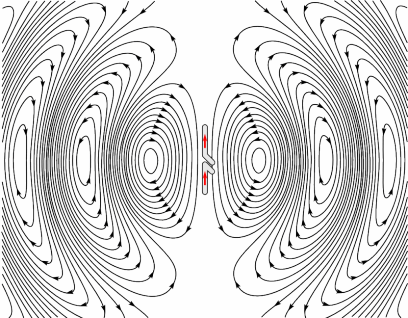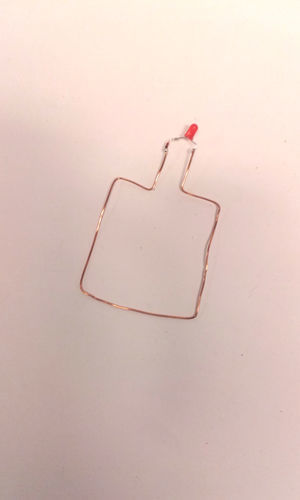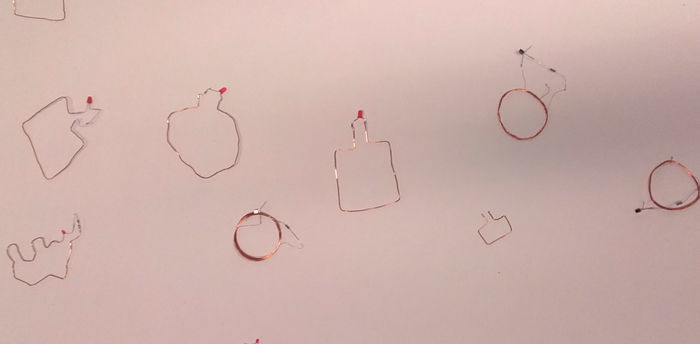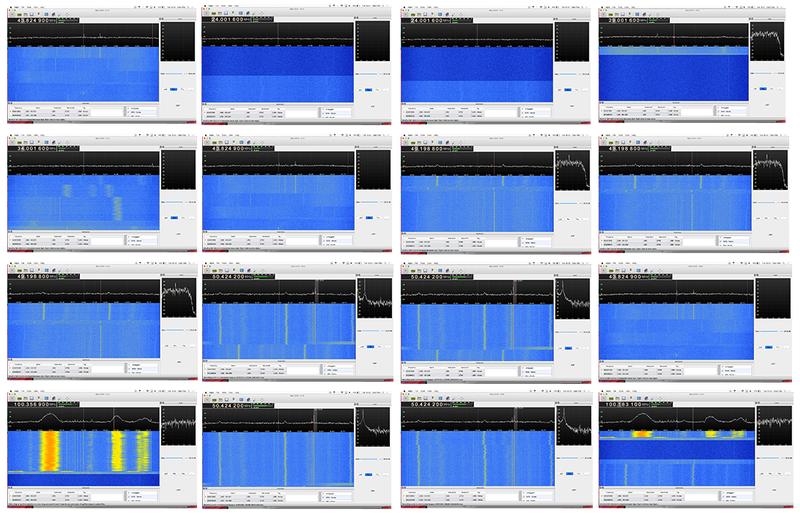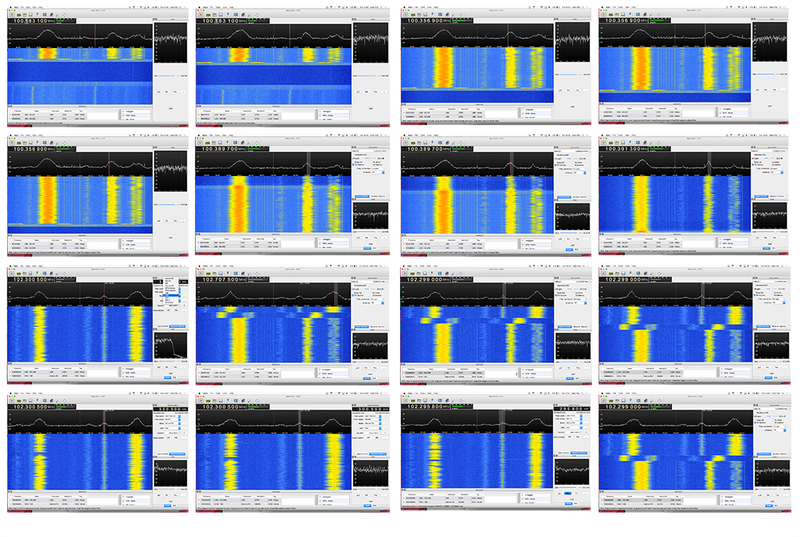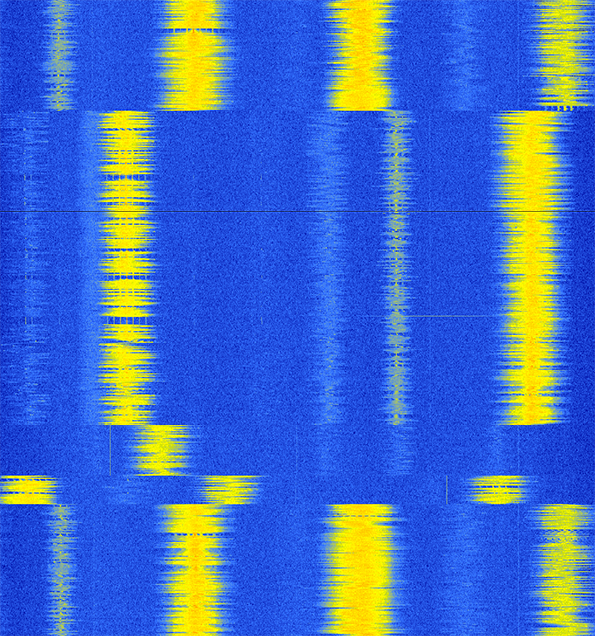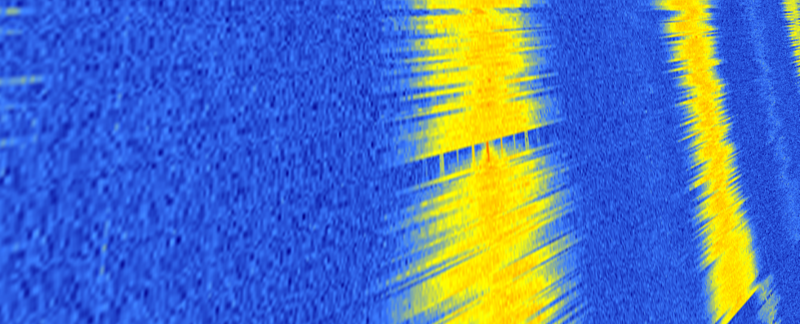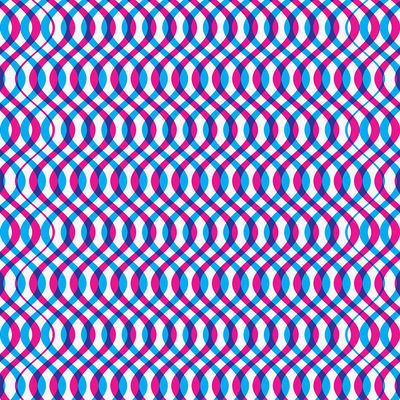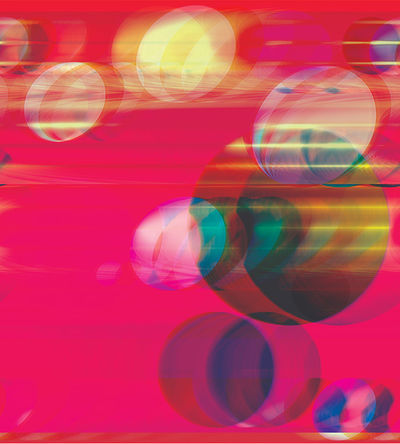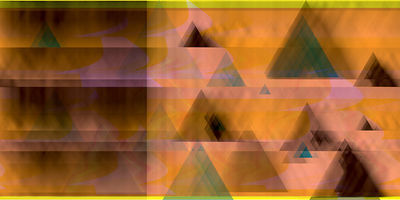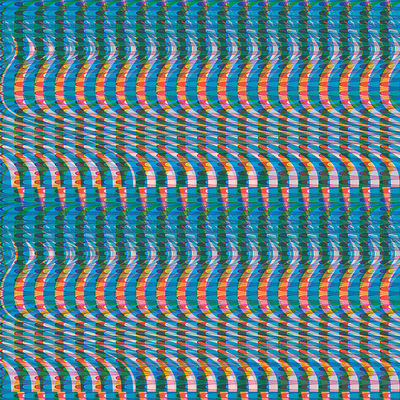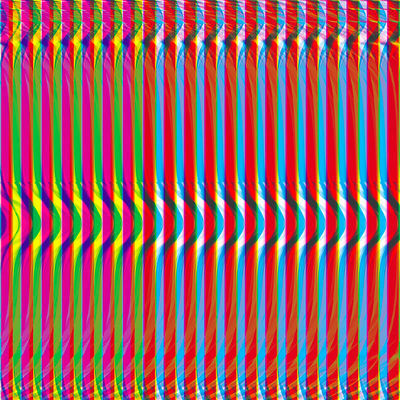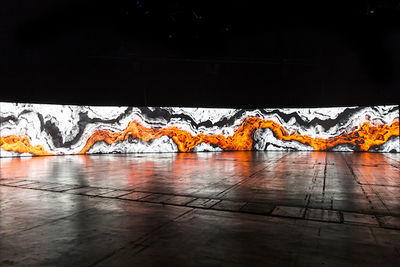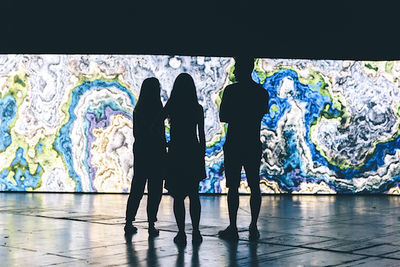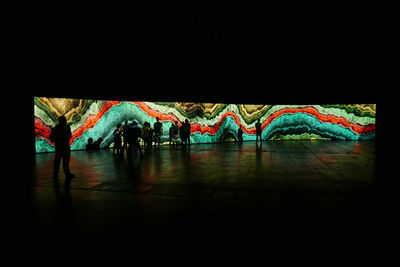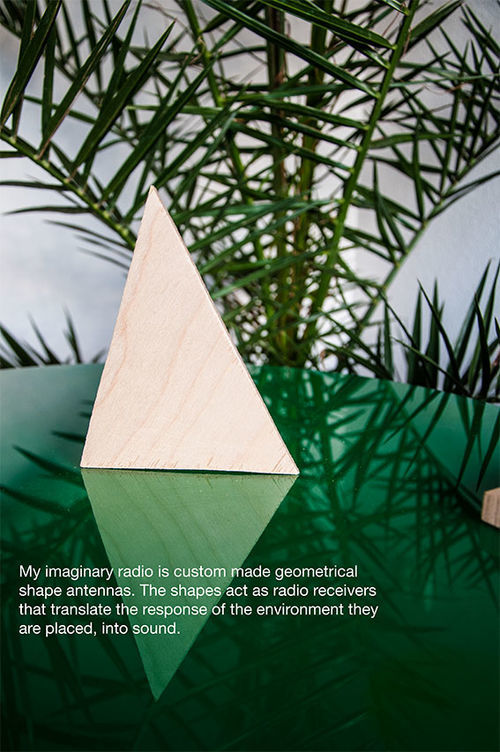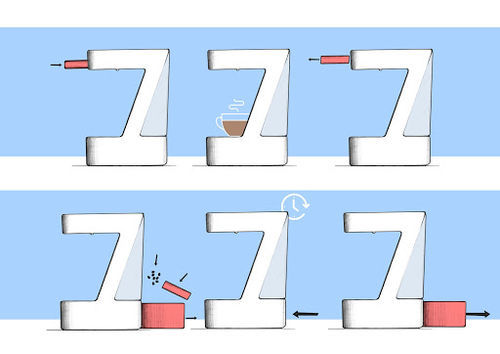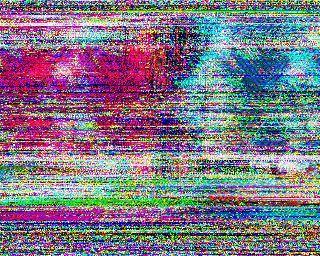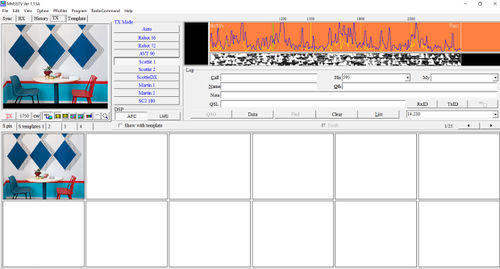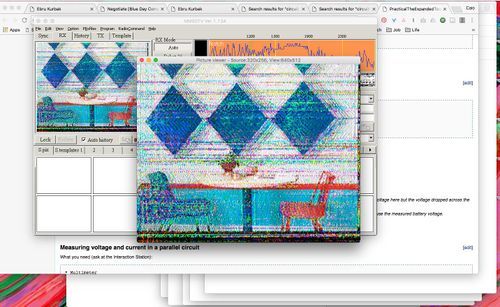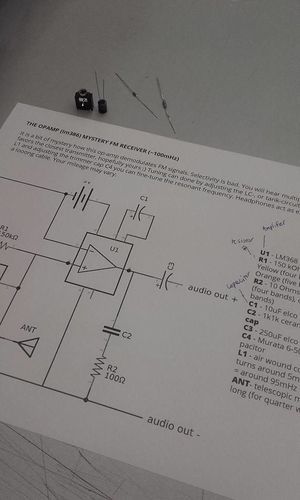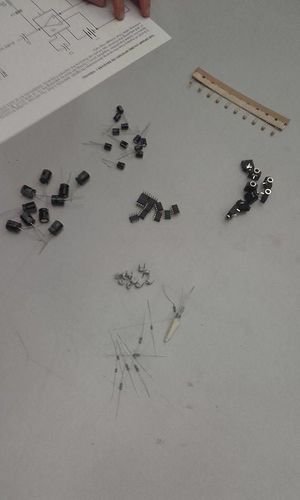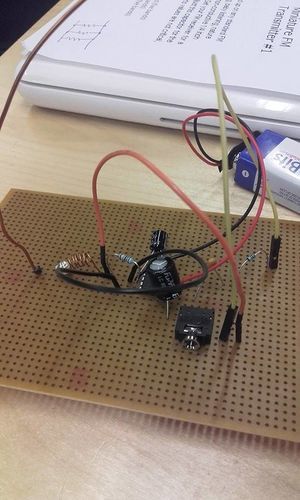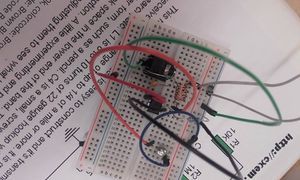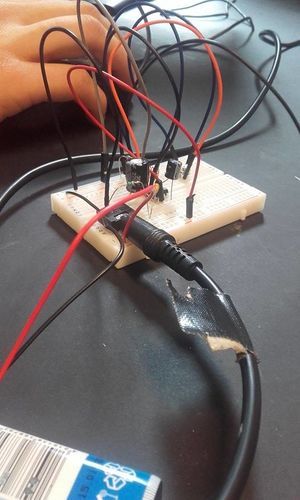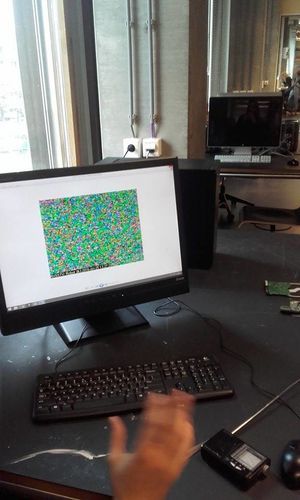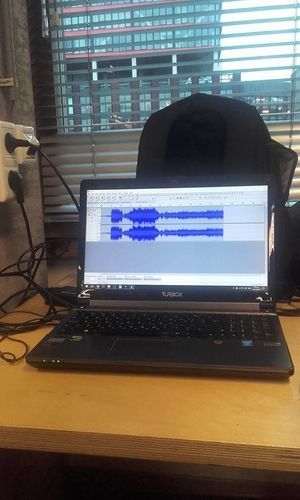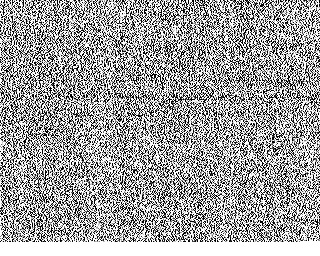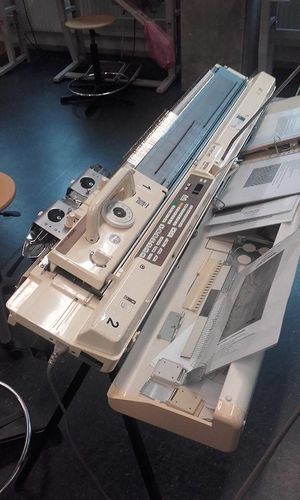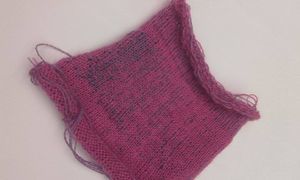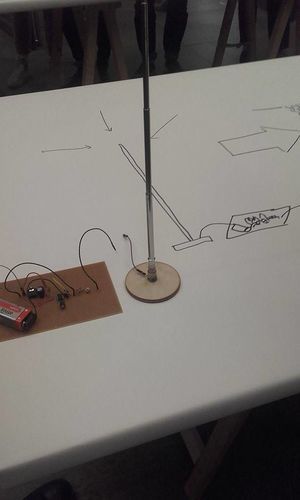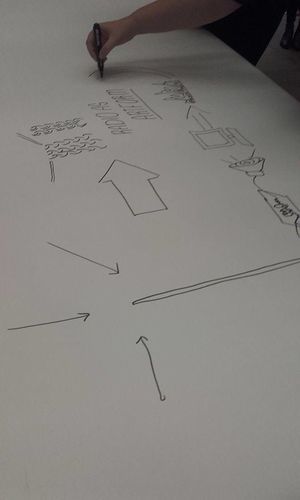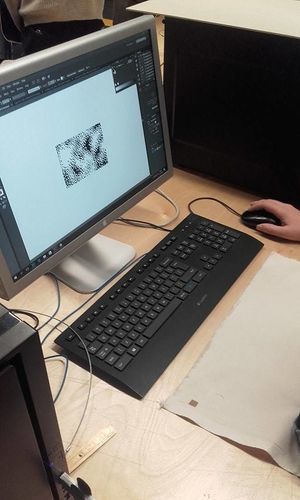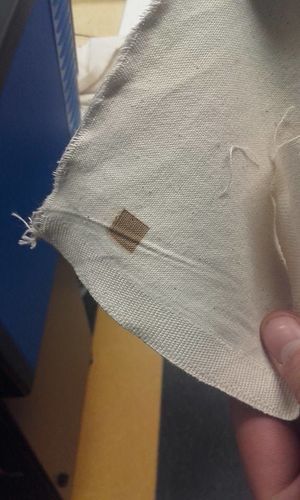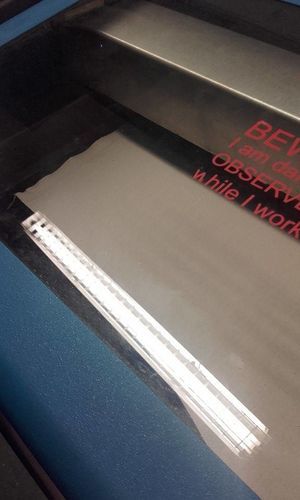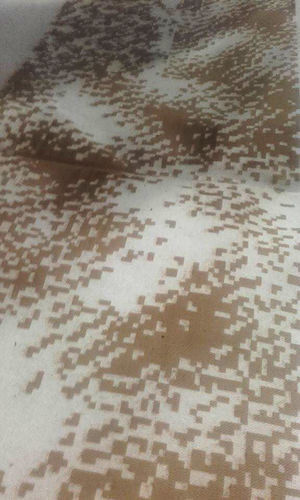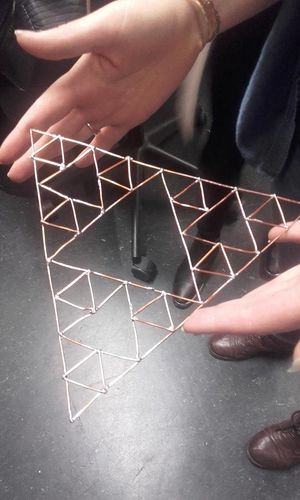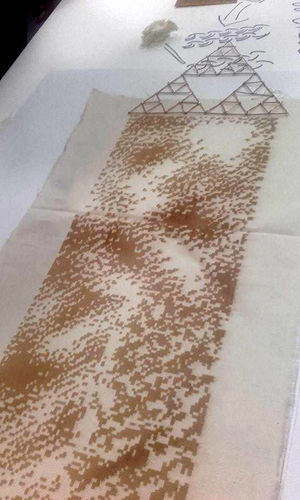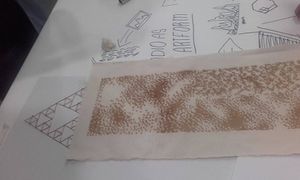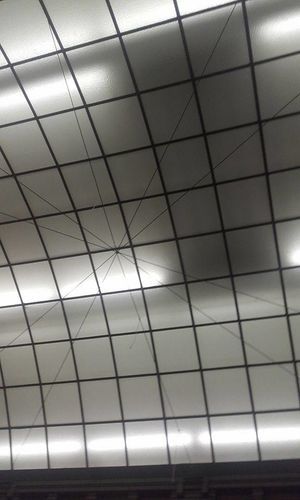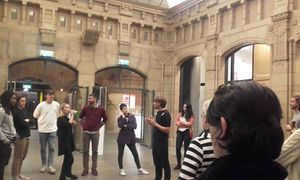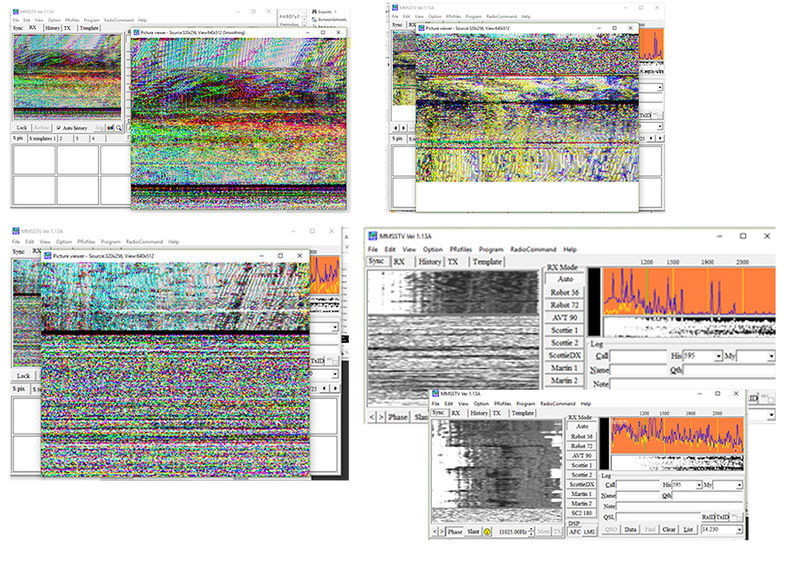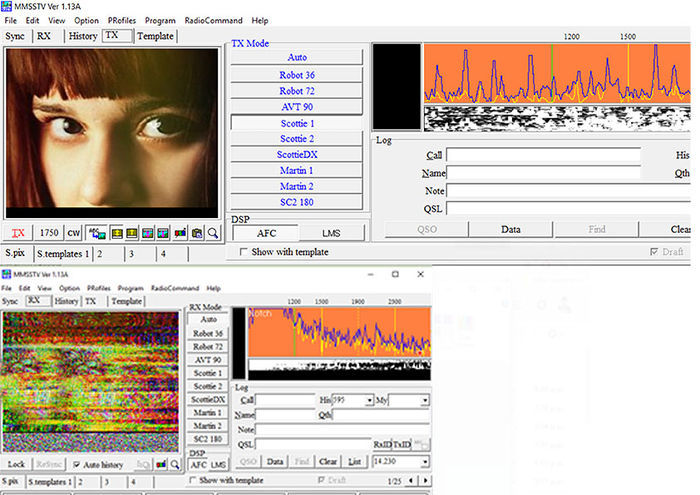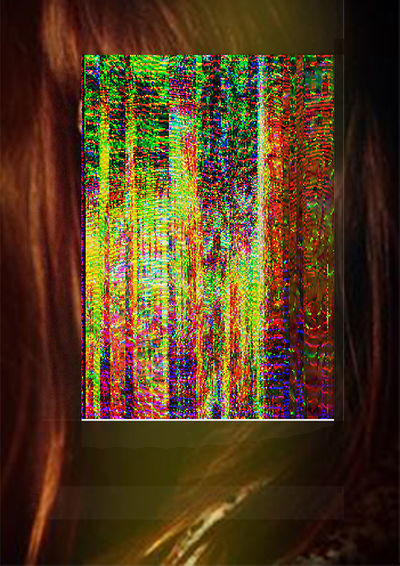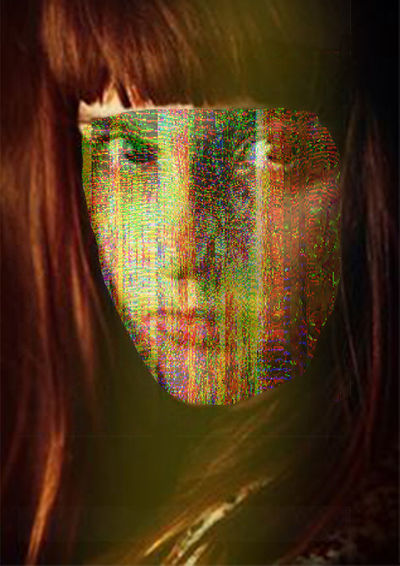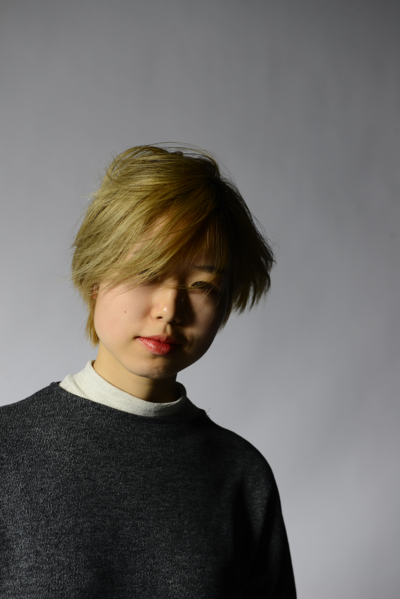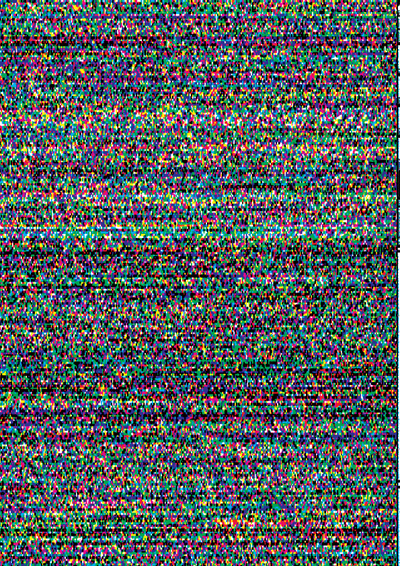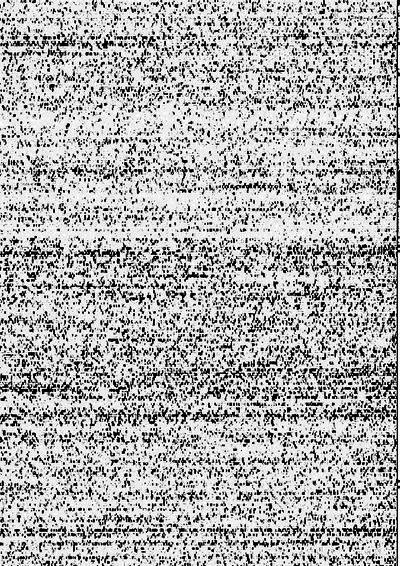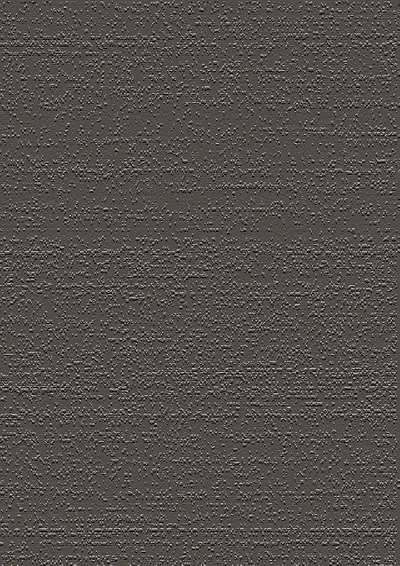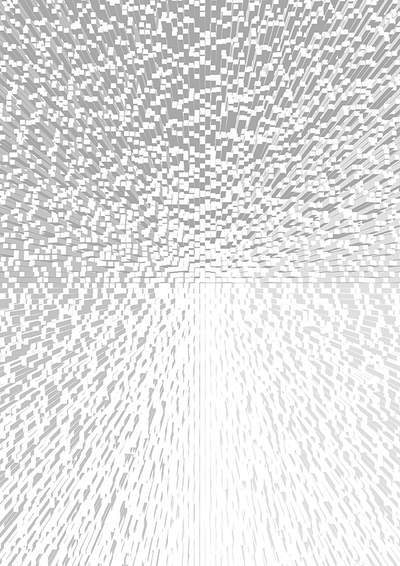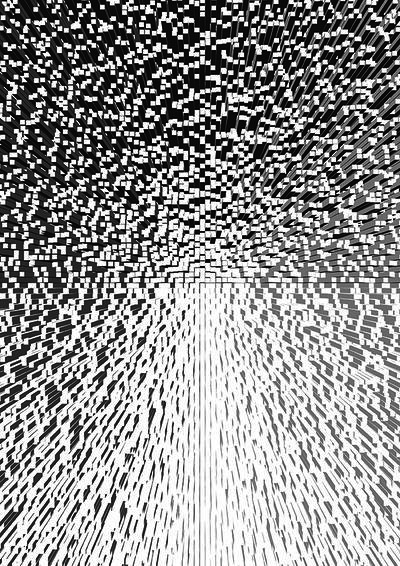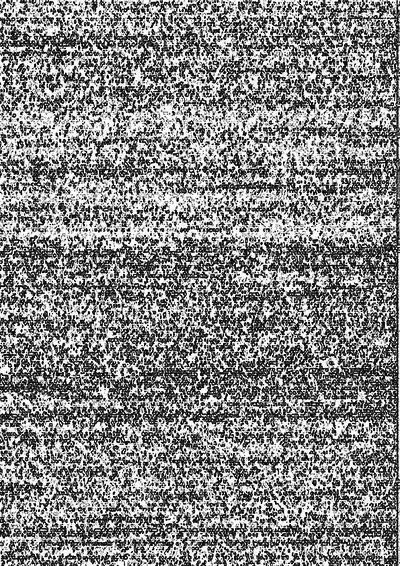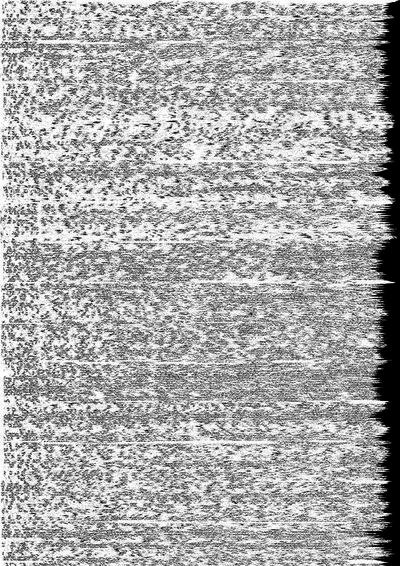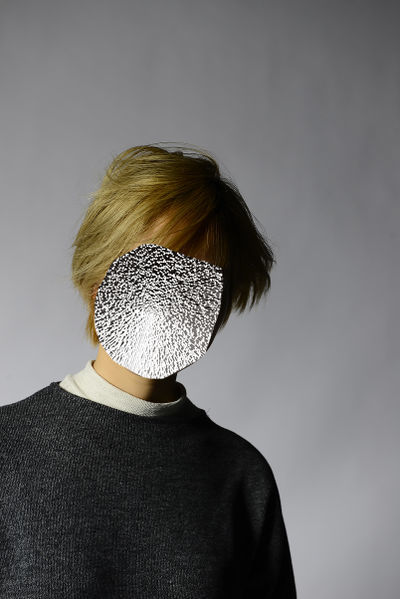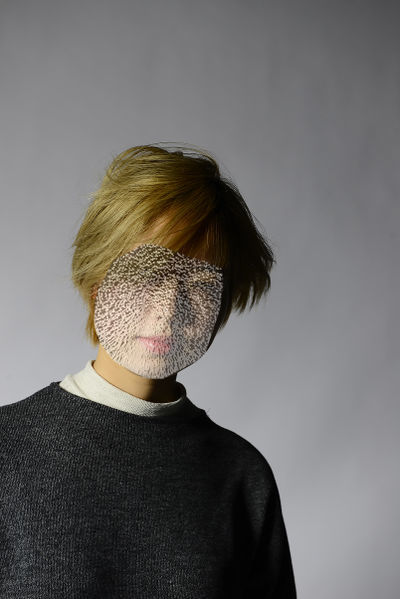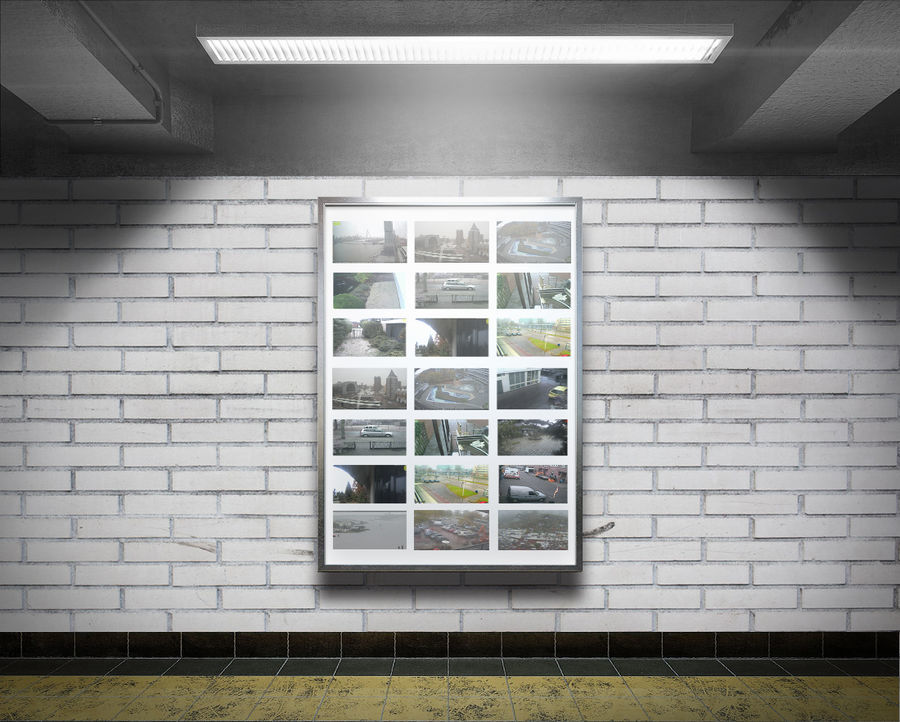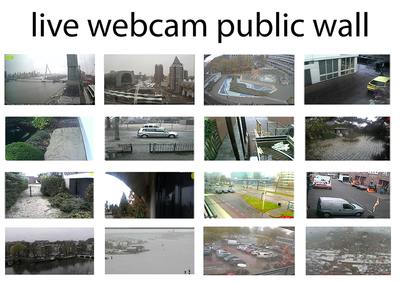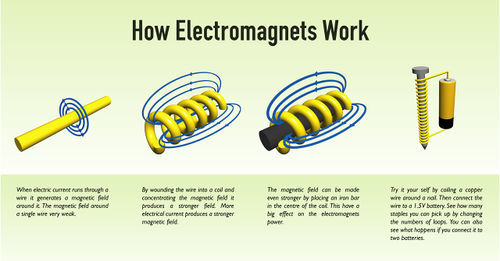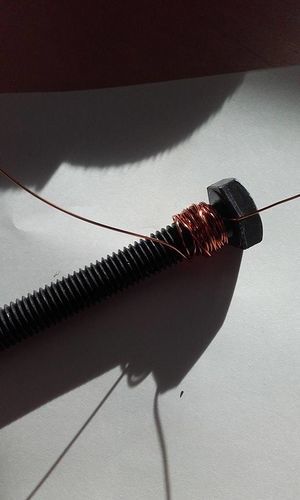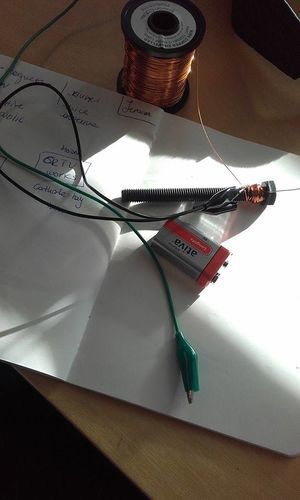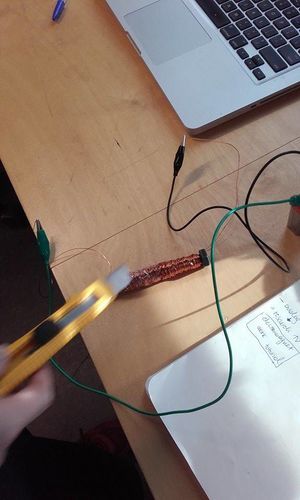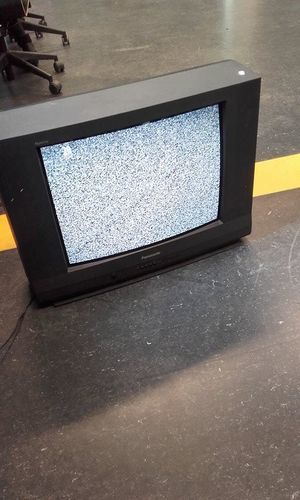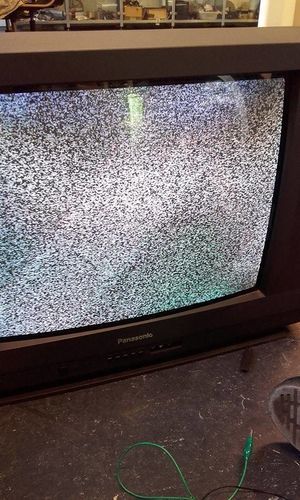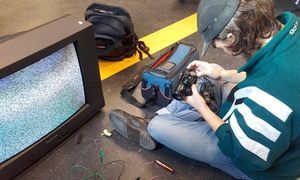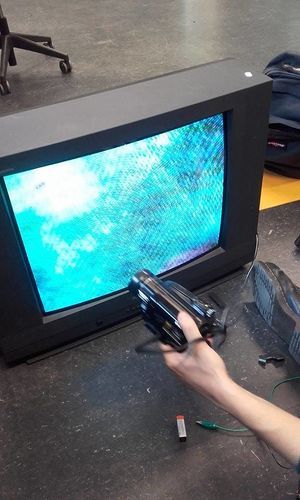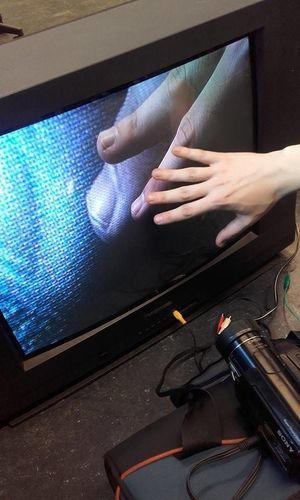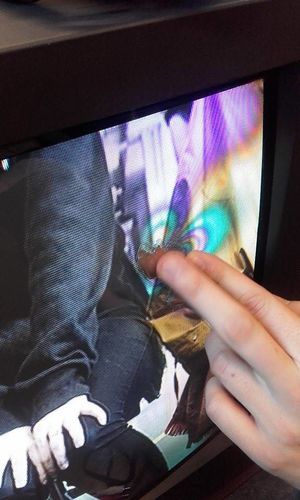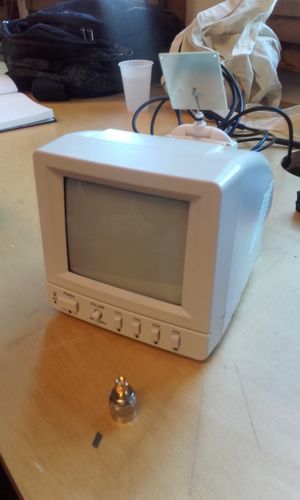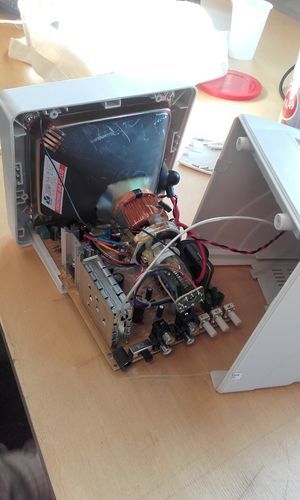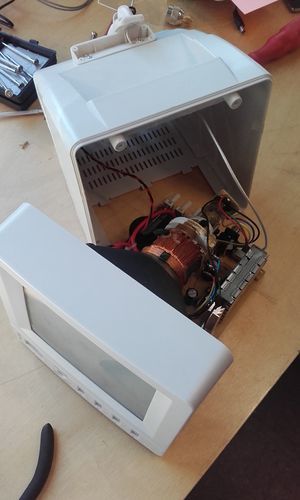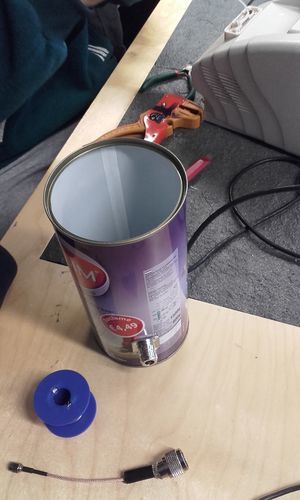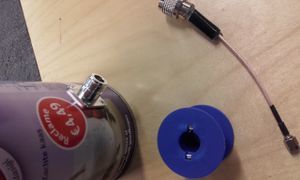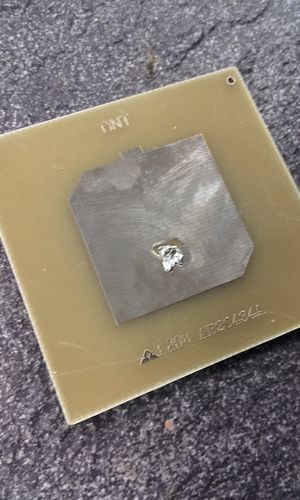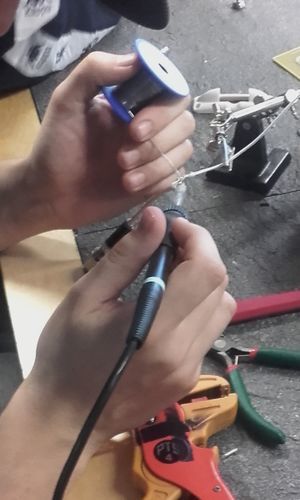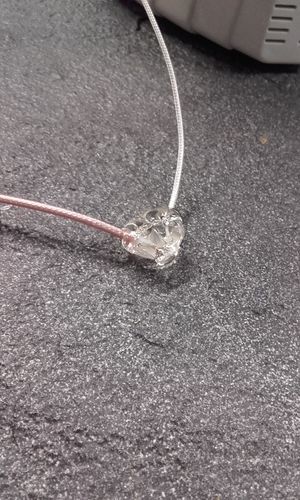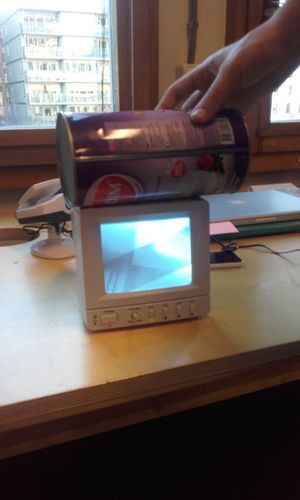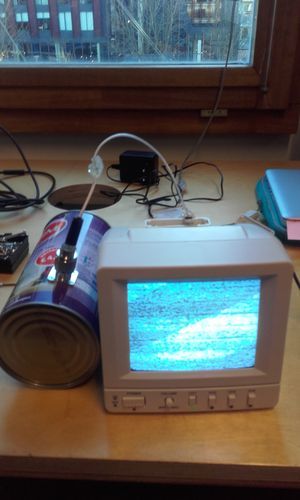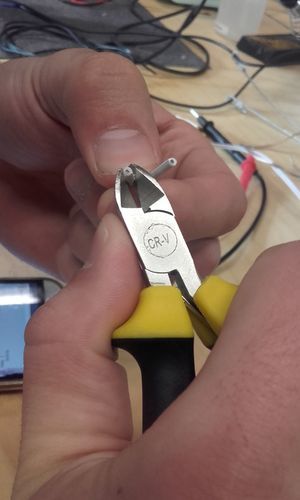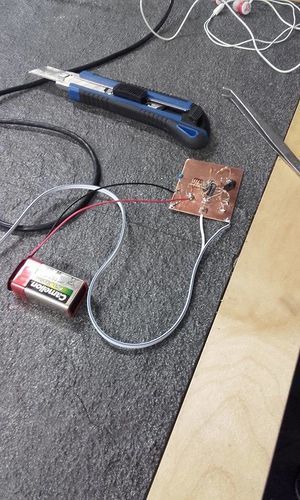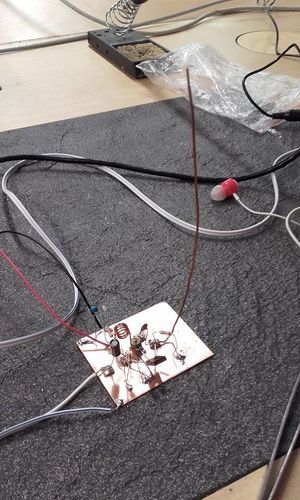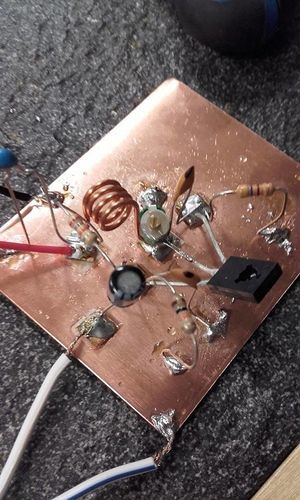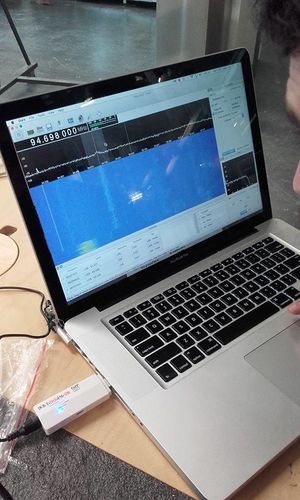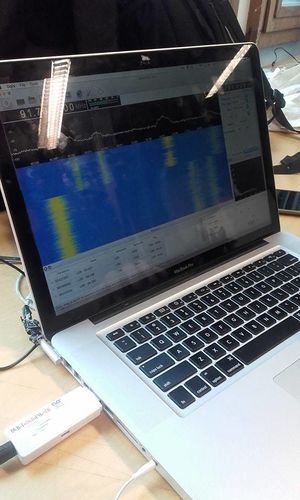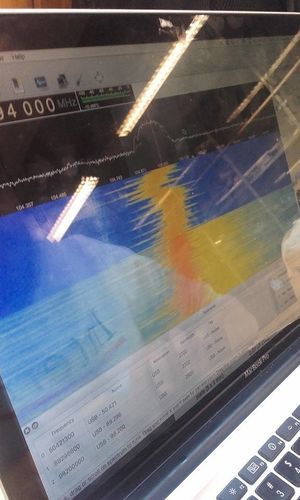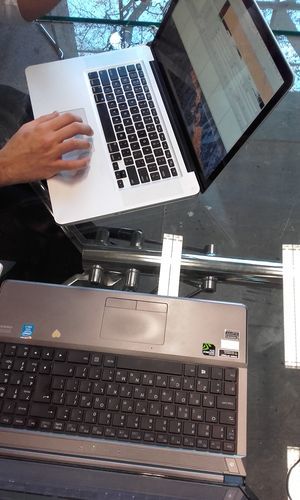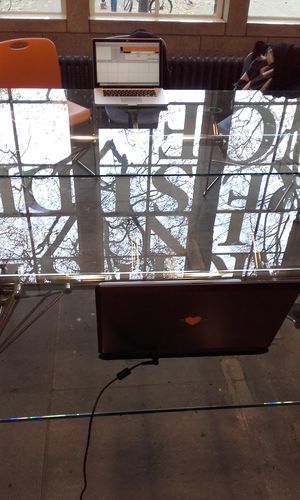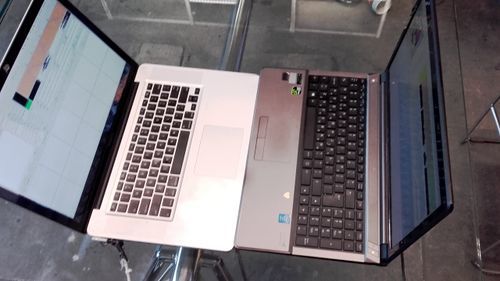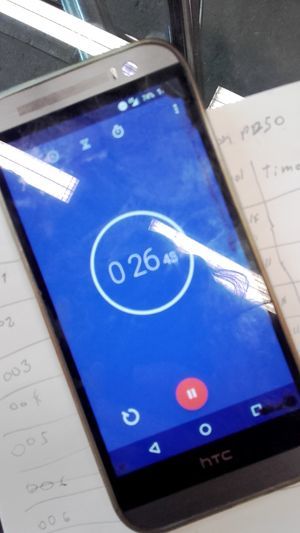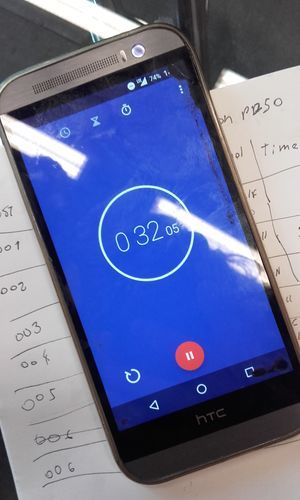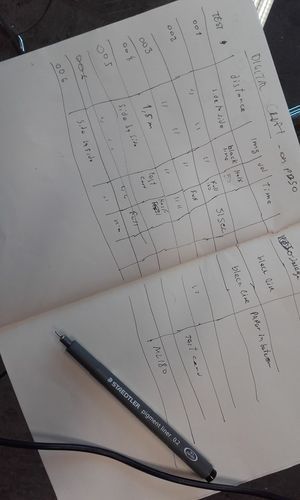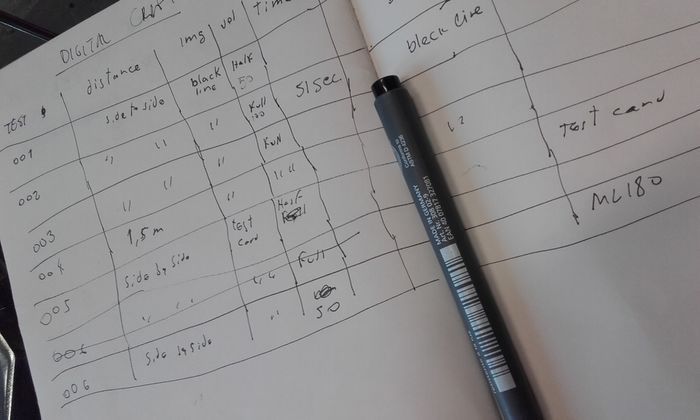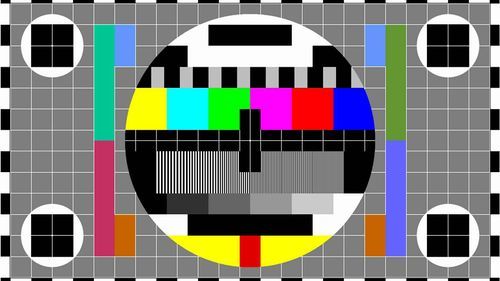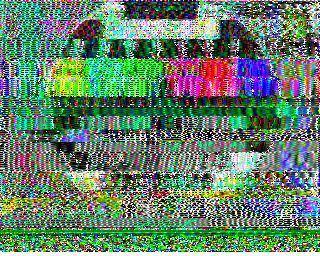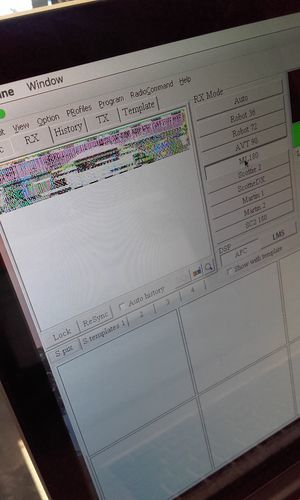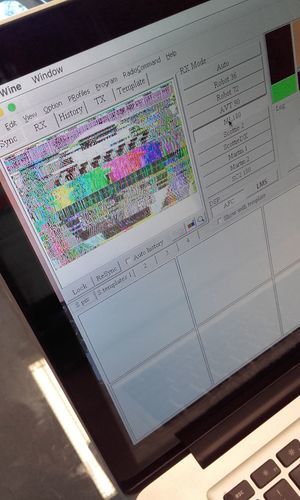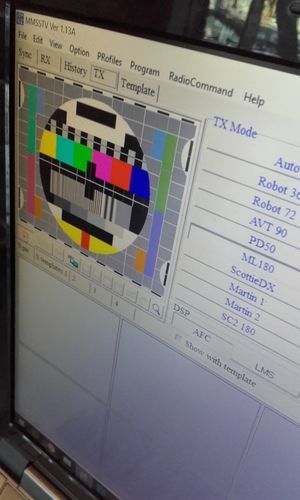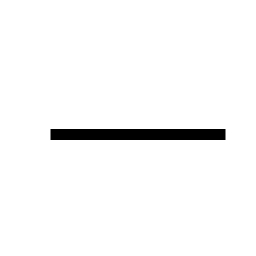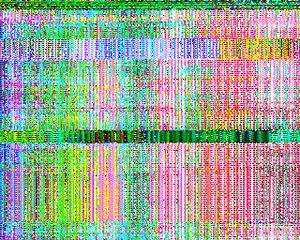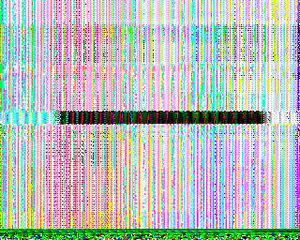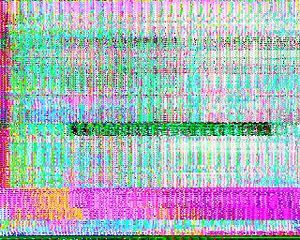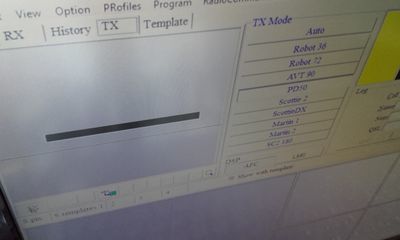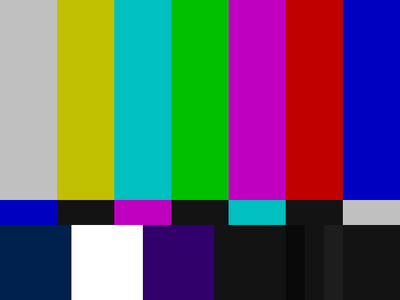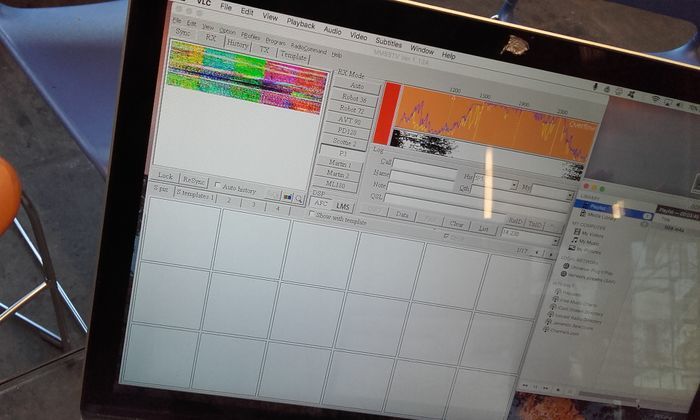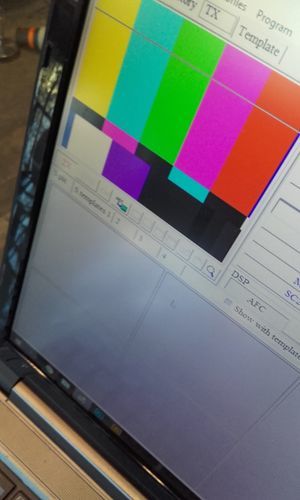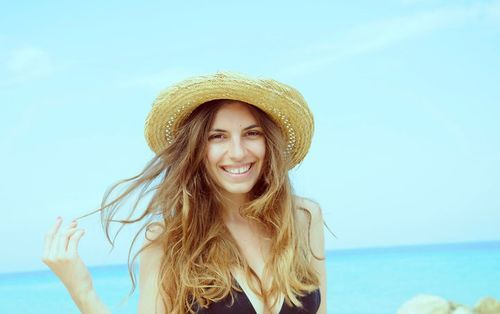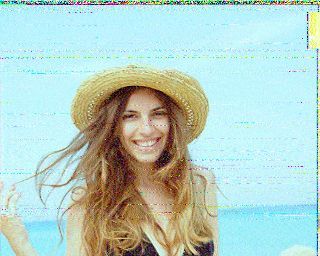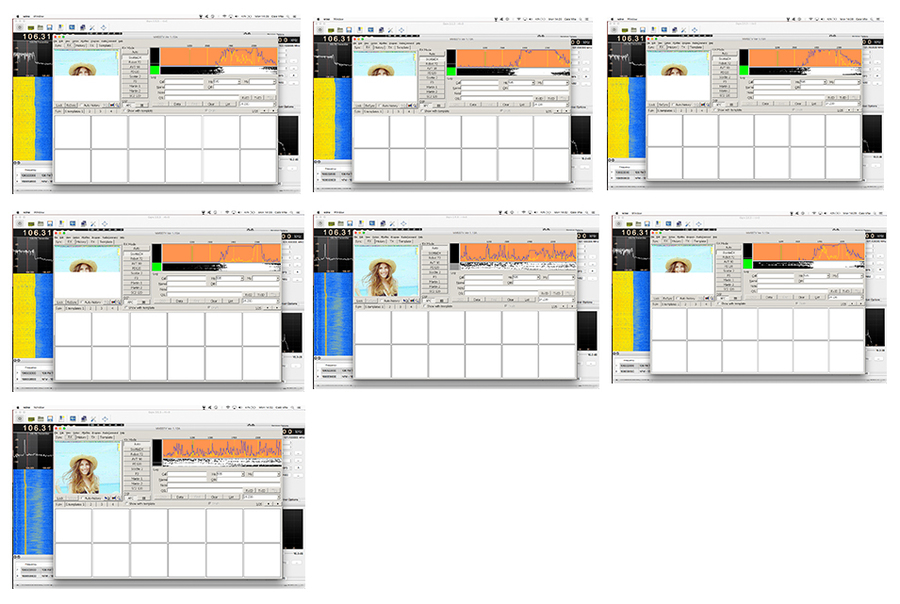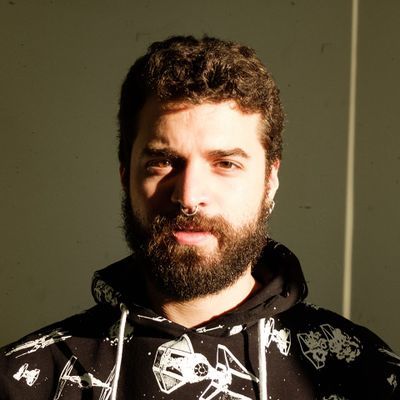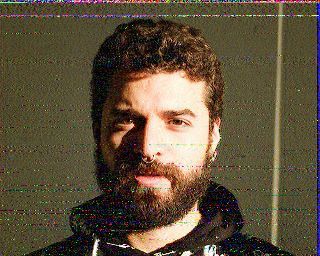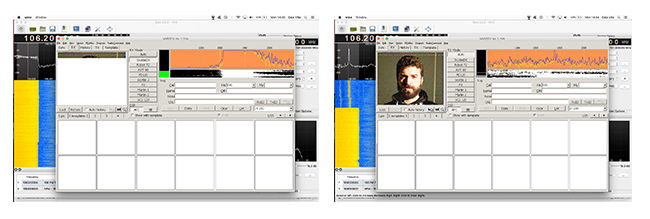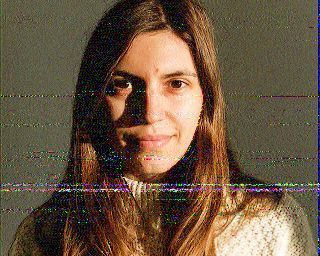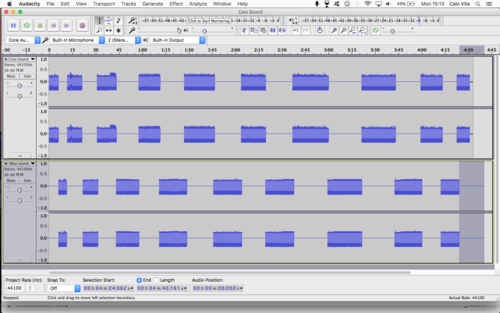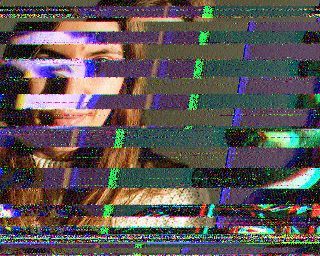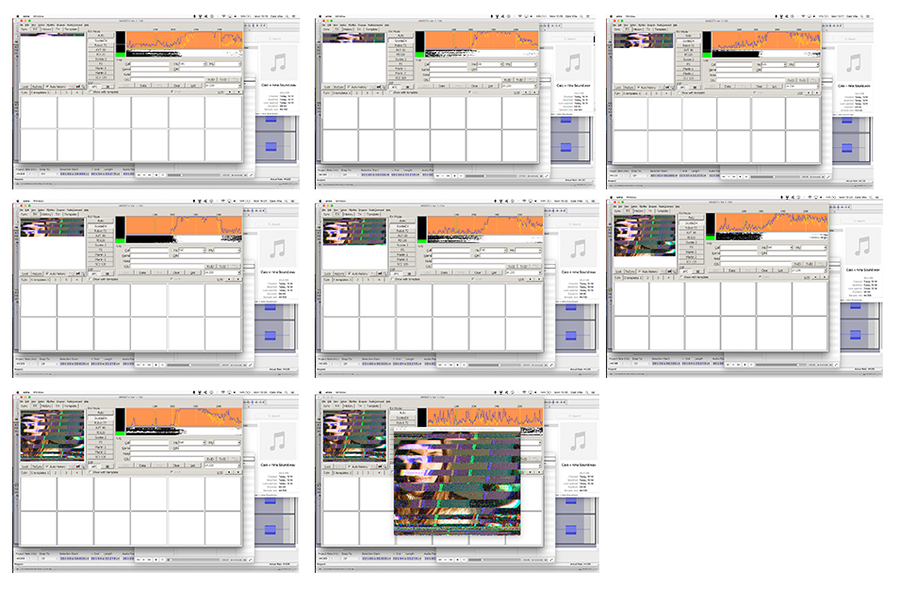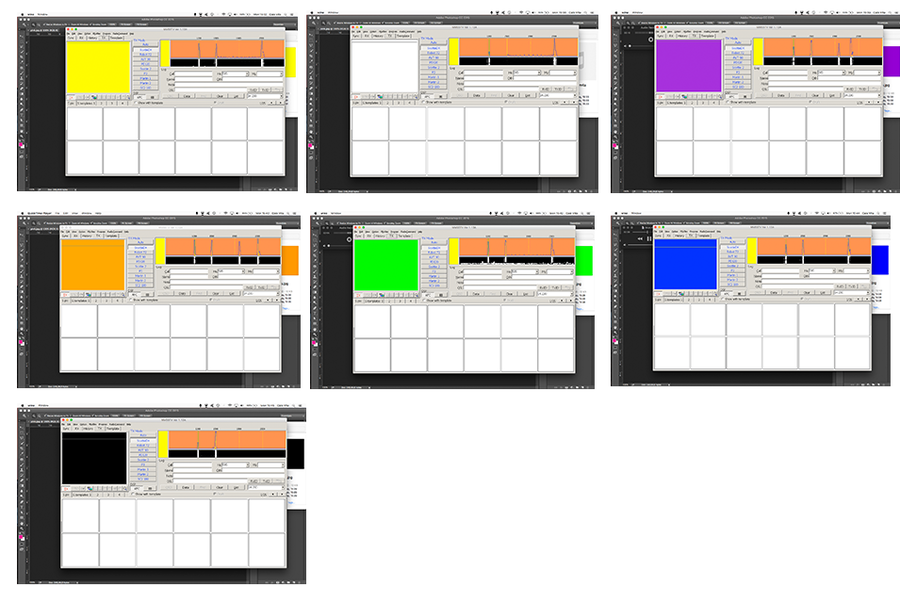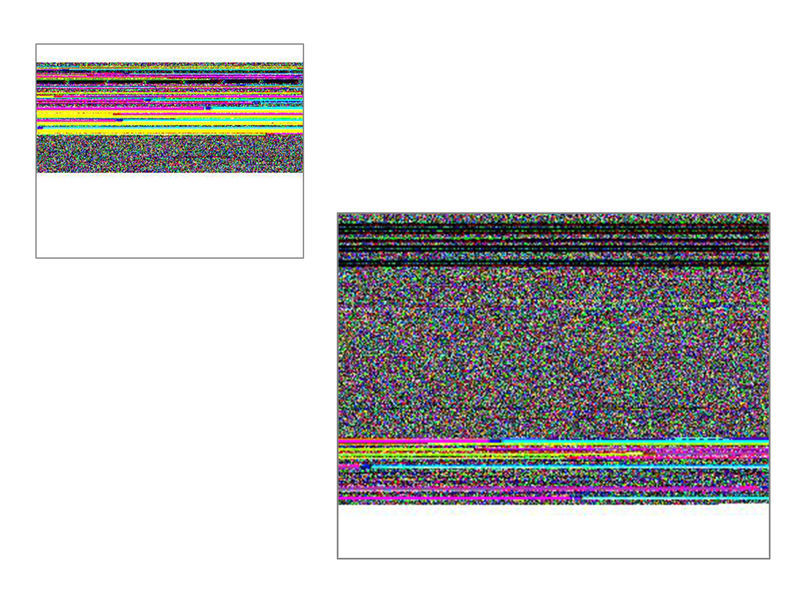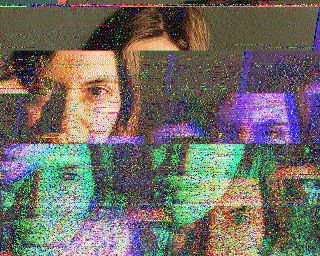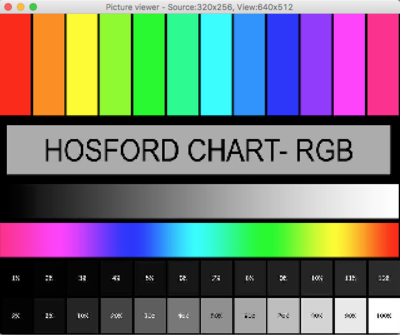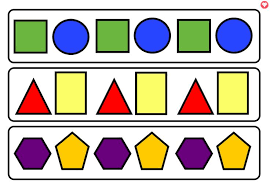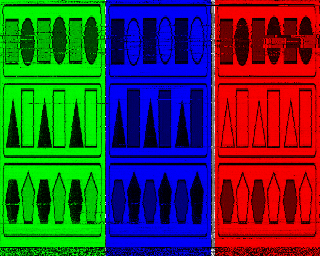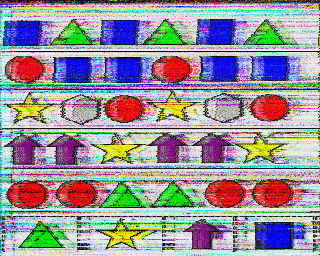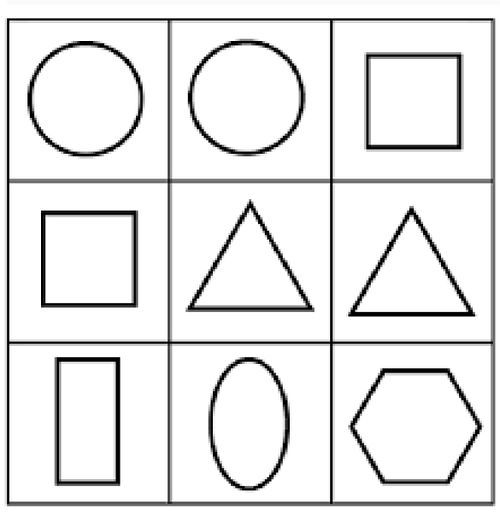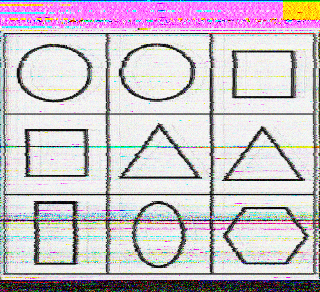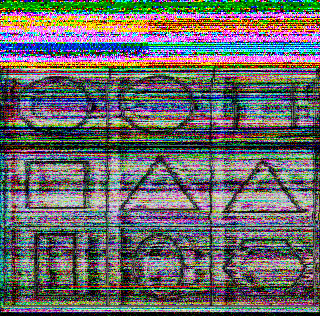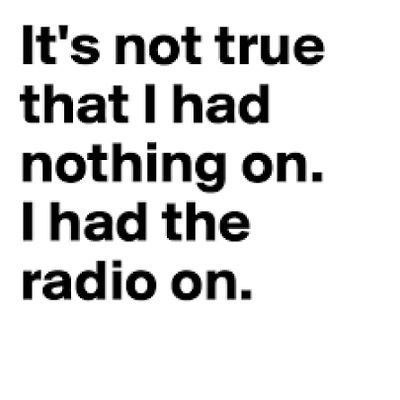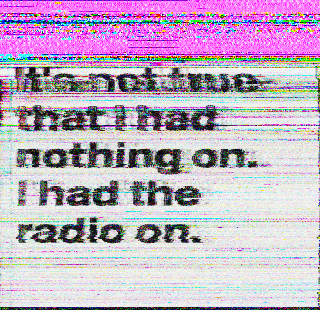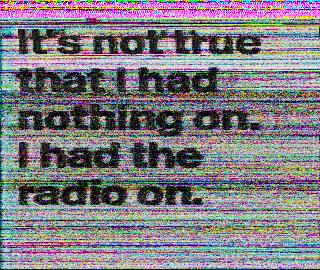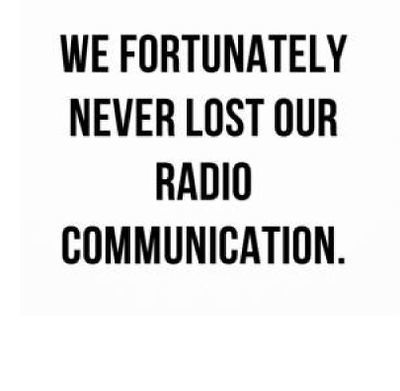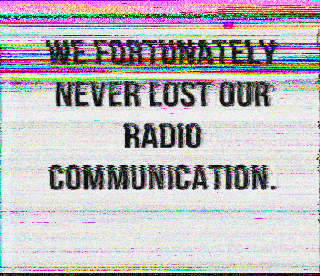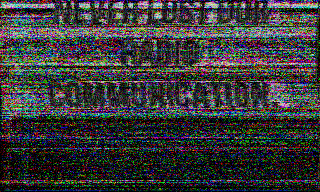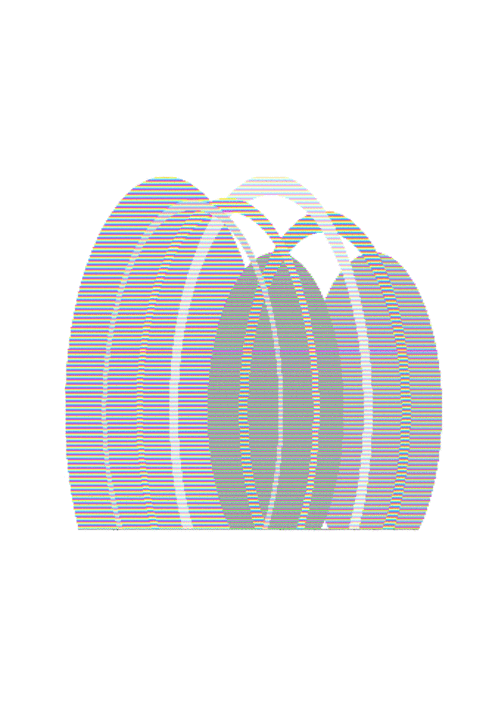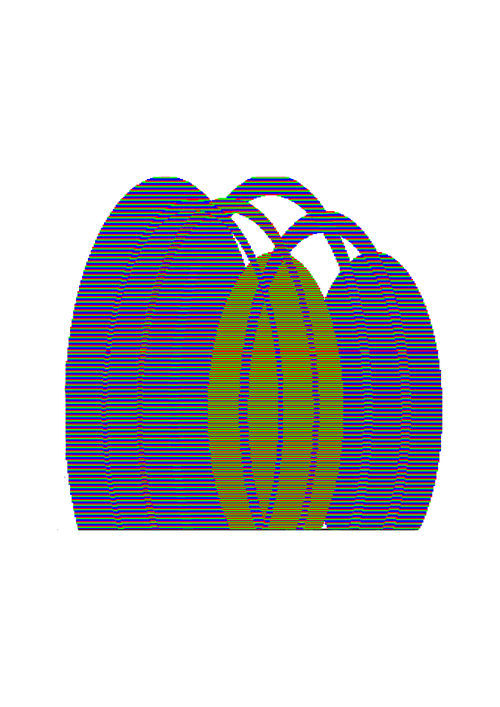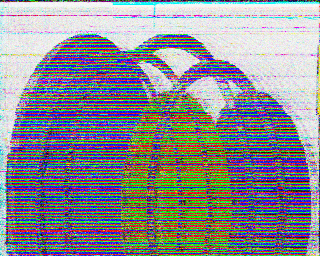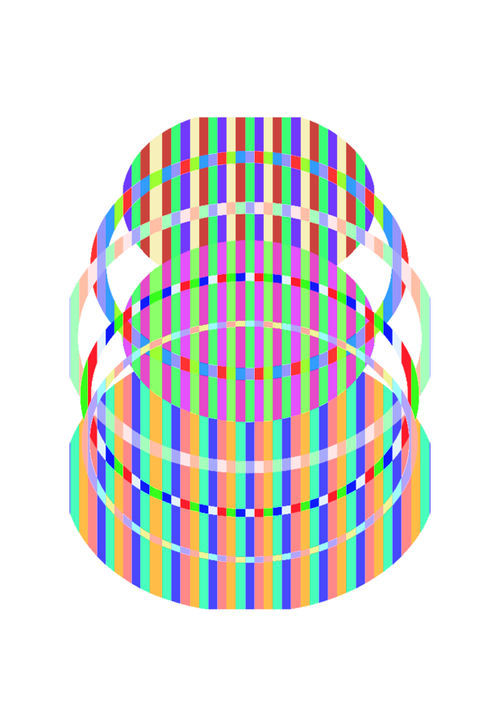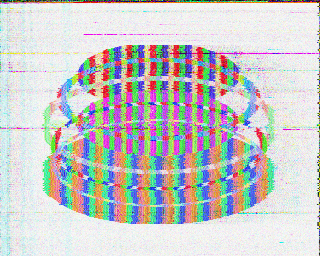Difference between revisions of "User:0910042"
| Line 511: | Line 511: | ||
Caio's phone | Caio's phone | ||
| − | [[File: | + | [[File:| 500px ]] |
Revision as of 10:11, 29 January 2017
Contents
- 1 Nina Michailidou 0910042
- 2 first workshop
- 3 RTL-SDR
- 4 test
- 5 Radio projects inspiration
- 6 Imaginary Radio Research
- 7 Concept
- 8 Unravel the Code V - Unravel Radio Marathon
- 9 MICA WORKSHOP
- 10 Q10 concept ideas
- 11 KEYWORDS
- 12 STEP 1 Building the FM transmitter
- 13 TESTING using MMSSTV
- 14 TESTING IMAGES
- 15 combination of 2 images
- 16 colors
- 17 TESTING App Robot36 - SSTV Image Decoder
Nina Michailidou 0910042
Unravel The Code V Instructions
User:0910042/Unravel_the_code_v
first workshop
Animation of a half-wave dipole antenna radiating radio waves, showing the electric field lines. The antenna in the center is two vertical metal rods, with an alternating current applied at its center from a radio transmitter (not shown). The voltage charges the two sides of the antenna alternately positive (+) and negative (−). Loops of electric field (black lines) leave the antenna and travel away at the speed of light; these are the radio waves. The action is drastically slowed down in this animation.
RTL-SDR
Testing radio waves
Media:gqrx_20161025_125109_50420900.wav
Transmitted content
test
http://vocaroo.com/i/s1uhXwQStEJb http://vocaroo.com/i/s07BNAUFg4NK http://vocaroo.com/i/s0vbZpopRBJo http://vocaroo.com/i/s0gxEt79tDYM http://vocaroo.com/i/s0RFNmNs23wN
Radio projects inspiration
Imaginary Radio Research
Glitchometry
Art project Glitchometry has involved breaking down simple shapes using a sound editor to create bold graphics. With his Glitchometry series sound is used to create the disruptions, "Sound effects are added to individual color channels,
as if they were sound, transforming the image." But chance also plays a role in the image's development.
"Because the tool is used in an unconventional way, there is no immediate way to monitor the effect. The image manipulator has a sense of what each effect does, but no precise control over the result. It is a wrestling with the computer, the results of which are these images. Each image begins as a series of black and white stripes. They are sonified -- imported into an audio editor. Sound effects are added to individual color channels, as if they were sound, transforming the image. Because the tool is used in an unconventional way, there is no immediate way to monitor the effect. The image manipulator has a sense of what each effect does, but no precise control over the result. Although the process is very similar to Glitchometry, the look of the Stripes series is more heavily influenced by Op Art works, such as those of Bridget Riley and Victor Vasarely. By using simpler sound effects more sparingly (delay and flanger), the output is less noisy, and more crisply graphic.
http://danieltemkin.com/Glitchometry/Stripes
http://nooart.org/post/73353953758/temkin-glitchhumancomputerinteraction
Earthworks
Earthworks is a five channel computer generated animation, which creates an immersive experience of the phenomena of landscape formation through the scientific and technological devices that are used to study it. Masses of colourful layers are animated by the sound-scapes of earthquake, volcanic, glacial and human activity, recorded as seismic waves, which form spectacular fluctuating marbled waveforms. Earthworks is a piece that represents the process of formation of the Earth and the constant changes that take place in its structure and landscape, from those caused by natural phenomena (earthquakes, erosion) to those caused by human activities that determine a new geologic era: the Anthropocene. Five large screens arranged in zigzag are the basis for this multichannel video installation. ‘Earthworks’ displays HD animated graphics that represent movement of strata in minute detail: layers merging and separating in constant movement driven by seismographic data from phenomena, such as earthquakes, volcanoes or glaciers, that this British duo transform into a surrounding flow of sound.
"https://player.vimeo.com/video/173620285"
Imaginary Radio Research-19th (wireless telegraphy - pioneers of the medium
The concept of the other group had to do with history. We came up with the idea to combine an old video from Rotterdam sounds in the 1920's with the sounds of Rotterdam today. Therefore we broadcast an old video, mute the sound of it and at the same time me and Myrthe went outdoors to record sounds. We connected the phones to speakers and the result was a 1920's video with contemporary live sounds from the city if Rotterdam.
https://www.youtube.com/watch?v=RBAISuUMZWg
IMAGINARY RADIO
Concept
I start experimenting with the hamsoft.ca softare. I try to translate clear resolution images to "sound images"
Unravel the Code V - Unravel Radio Marathon
Post-Radio Aesthetics
MICA WORKSHOP
I documented the whole marathon day. My group was Radio Aesthetics. Because our human bodies cannot experience radio waves, how can we create a tactile , analog way to bridge that gap? We used a number of techniques to accomplish this goal. Through the use of a hand bulk radio receiver, we recorded a sound and made it into an image in Photoshop. We converted the image into a bitmap and abstracted the bitmap into different images. We engraved these six different images on fabric and put them on a knitting machine.
Q10 concept ideas
HOW SOUND CAN TRANSFORM OUR IMAGE? HOW THIS TRANSFORMATION AFFECTS OURSELVES AESTHETICLY?
Q10 concept experimentation
I edited one sound file and used various adjustments to test the results from a single image.
Questions about my teammates
For Mirthe
1. What theme are they investigating? Science fiction, anonymous communication through light sensors.
2. What would be an appropriate question/challenge to answer in this project? What are you going to communicate?
3. Name an interesting reference project that has yet to be mentioned (what does this work remind you of?) Selines page.
4. In what context do you forsee the final result situated in (commercial product/service, gallery object/installation, public intervention, experimental publication…. ? Installation in a gallery.
5. What weakness or threat should be urgently addressed? The threat is that the project is to big and to hard to realize.
6. What would you propose as a logical next step? I think investigating the fabric, laser cutting techniques for the analog part of the maze and also making a small prototype of the maze and the light sensors.
7. What might you be able to offer in terms of expertise/common interest that could be potentially useful for this project. ? 8. How does/could the project connect with radio / electromagnetic spectrum?
By communicating truth light and analogue Mors code inspired technique.
For Sanne
1. Receiving Images through radio waves. 2. How to capture/collect this images? Are people still using radio frequency? (2.4ghz) 3. Michelle Teran – 17 Cities (Peek-a-Boo) Benjamin Gaulon – 2.4 Ghz CCTV Hacking 4. I will make a camera that receives this images and scan them. The collection of images can be part of a experimental publication/exhibition 5. That it has to function like a camera: portable(or antenna), video scanner. Will security camera’s still work on 2.4ghz? 6. Experiment with a monitor and a antenna. Can you receive something? 7. _ 8. These images are transfers through radio waves.
For Jeroem
Jeroen:
1. Processing images by electromagnetic distortion.
2. Will it be more than a experiment with magnets (concept/presentation)
3. Nune Paik, Magnet tv 1965
4. Installation: that the visitor can participate/influence
5. The distortion will be made by his public and concept
6. Make a small prototype. Test different magnets and monitors, to experiment with different distortions.
7. Research / Build
8. Images affected by the electromagnetic spectrum.
prototype for Sanne
My prototype is a proposal on how the content of webcams can be used in order to be more interactive. I saved many screenshots from live webcams in Rotterdam and visualize how to they will be in public space. Therefore the content is accessible by the public. The idea is that the LIVE WEBCAM WALL is going to place in a public space revealing the content of each webcam that is placed in the city.
IP cameras: Netherlands - [1]
Helping Jeroen
Today we helped Jeroen with his concept. We divided in tasks. I researched how an electromagnet works and how to build one.
Helping Sanne
Concept Q10
How can you use radio to transmit something beyond sound?
Radio is often only seen as a medium to transmit music and information to people.
The question that arose was how can we use radio to transmit something beyond sound?
This collection investigates a broad range of aesthetic experiments with the broadcasting technology of radio.
For us it is also an inquiry of intervention of this art form.This collection aims to rethink and reconceptualise
the radio medium as an explorative archive.The goal of 66,7 is to create a temporary autonomous zone of art to
communicate artistic compositions for interpretation. Proposing an alternate way to experiencing art through the radio.
KEYWORDS
- image distortion with radio waves - fm transmitter - MMSSTV software - collection - transmition of images - shapes&colors - media - mixing sound and images - blueprint - audacity
STEP 1 Building the FM transmitter
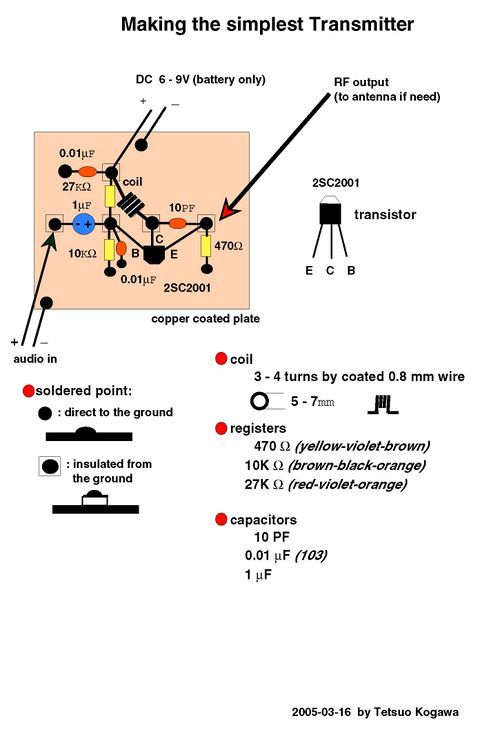 tutorial: [2]
tutorial: [2]
TESTING using MMSSTV
After many tests we decided that Scottie Modes: 1, 2 & DX was the best mode to use to decode the images in terms of speed and clarity.
-DISTANCE -TIMING -VOLUME
TESTING IMAGES
audacity
combination of 2 images
First, we transmitted separately the two images and then we mixed the sound using audacity of each image to create a new one.
colors
We did this experiment to extract the SSTV sound from each color of the color wheel (primary and secondary only). After having the pure sound of each color, we mixed it with Audacity (sound mixing software) to see if we could create new images compositions through the color's sounds. Then we broadcast this new mixes to get the new image on the SSTV software. The results were not very exciting visually because the software makes one sound for a line, so the only kind of composition possible was one line each color.
Mixed test:
Test with ECHO Effect applied to to sound through Audacity
Effects applied on the SSTV Audio via Audacity
TESTING App Robot36 - SSTV Image Decoder
We use the app to act as the receiver of some test images using both our mobiles at the same time.
Nina's phone
Caio's phone
[[File:| 500px ]]
Nina's phone
500px
Nina's phone
Caio's phone
Nina's phone
Caio's phone
Nina's phone
Caio's phone
Personal development and artwork
With all the knowledge and findings we extend our collection by creating artwork using the same technique. CreatING a temporary autonomous zone of art to communicate our own artistic compositions for interpretation. Proposing an alternate way to experiencing art through the radio.
Nina ARTWORK
